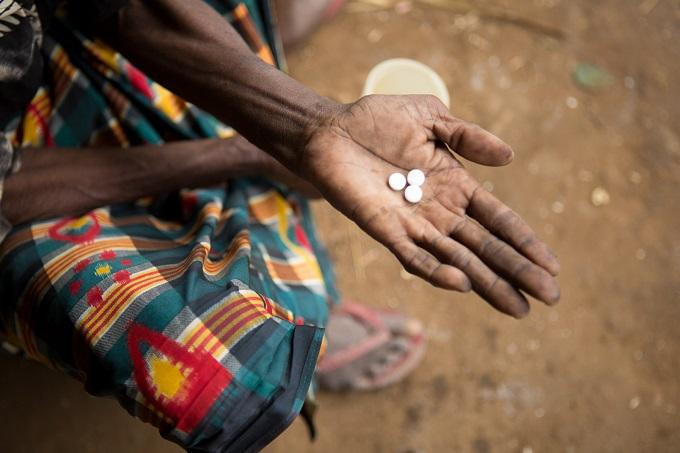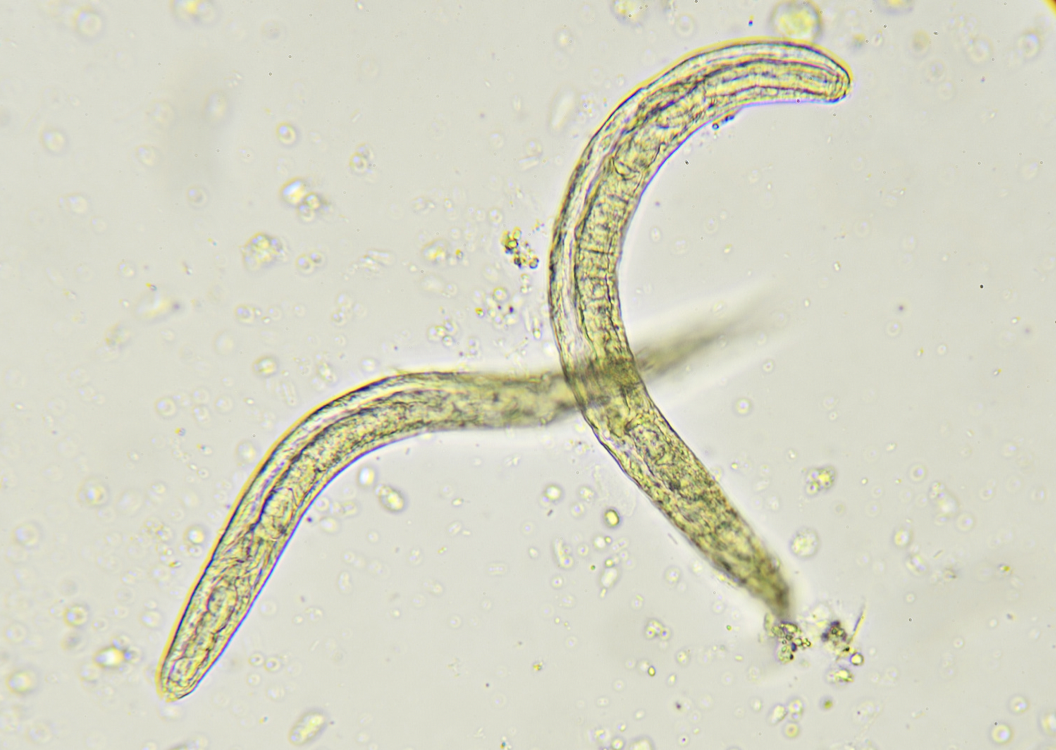Definition
Schistosomiasis is an infection caused by blood flukes (trematode worms) of the genus Schistosoma. These worms typically inhabit freshwater environments and are commonly found in the inland regions of tropical countries where sanitation practices are inadequate. The parasite requires a freshwater snail as an intermediate host in its life cycle. Therefore, efforts to eradicate schistosomiasis should also target the elimination of snails in heavily affected areas. Schistosomiasis is also known as snail fever.
Individuals newly infected with the flatworm parasite typically do not experience symptoms. However, the parasite can persist in the human body for years and may eventually cause damage to organs such as the bladder, kidneys, and liver.
Causes
Schistosomiasis is caused by infection with Schistosoma parasites. There are various species of Schistosoma, but the five most common types are:
- Schistosoma japonicum, is commonly found in China, Indonesia, and the Philippines.
- Schistosoma mansoni, prevalent in Africa, the Middle East, the Caribbean islands, Brazil, and Suriname.
- Schistosoma mekongi, primarily found in Cambodia.
- Schistosoma guineensis, prevalent in Africa.
- Schistosoma haematobium, widespread in Africa, the Middle East, and France.
The eggs of this parasite are usually found on water plants in freshwater sources such as lakes and rivers. These eggs are ingested by snails living in these waters, where they hatch and develop into larvae in the snail's digestive tract. When the snail defecates, the larvae of the parasites are expelled and contaminate the water in the area. The larvae then become active and penetrate the skin of individuals exposed to the contaminated water. Once inside the human body, the larvae live and grow in the blood vessels.
After several weeks, the larvae develop into adults and migrate to other body parts, such as the lungs and liver, where they lay eggs. These eggs are expelled when infected individuals defecate, which is a source of infection and contributes to the spread of schistosomiasis. It's important to note that schistosomiasis cannot be transmitted directly through physical contact between humans and is not found in chlorinated swimming pools, seawater, or sterilized water.
Risk factor
There are risk factors that increase the likelihood of schistosomiasis:
- Living or traveling to areas experiencing a schistosomiasis outbreak.
- Direct contact with freshwater sources like rivers, lakes, or reservoirs.
- Having a weakened immune system.
Symptoms
Symptoms of schistosomiasis usually do not appear initially. Symptoms such as rash or itching on the skin may only manifest several days after infection. Schistosoma parasites can reside and proliferate in the body for weeks or even years. During the acute phase (acute schistosomiasis), the following signs and symptoms may occur:
- Skin rash
- Fever
- Muscle and joint pain
- Diarrhea
- Abdominal pain
- Fatigue and weakness
- Dizziness
- Cough
If the infection persists, symptoms of chronic schistosomiasis may develop, depending on the organs where the Schistosoma parasites reproduce. These symptoms include:
- Anemia (blood deficiency)
- Fatigue
- Abdominal pain
- Diarrhea
- Bloody stools and urine
- Persistent cough with bloody sputum
- Shortness of breath
- Headaches
- Weakness or paralysis in the limbs
- Vaginal wounds or bleeding
- Pain during sexual intercourse
- Presence of lumps in the vagina
- Disruption of prostate function and surrounding testicular ducts
Urinary tract infections that are not properly treated can spread to the reproductive tract, potentially causing infertility in both men and women. Gastrointestinal infections can lead to chronic malnutrition. In children, malnutrition is particularly dangerous and can result in anemia, stunted growth, and other developmental disorders.
In addition to affecting the digestive and urinary tracts, Schistosoma parasites can also infect other organs such as the eyes, skin, brain, muscles, and adrenal glands. Symptoms will vary depending on the infected organ.
Diagnosis
The diagnosis of schistosomiasis is established through a medical interview, which includes discussing the patient's symptoms, history of travel to areas where schistosomiasis cases are frequent, and other potential risk factors. A comprehensive physical examination is typically conducted from head to toe to identify abnormalities caused by parasitic worm infections.
Diagnostic tests commonly performed include eosinophil examination (a type of white blood cell), antibody testing, and urine or stool examination to detect the presence of worm eggs. It's important to note that the parasitic worms responsible for the infection only reach adulthood after approximately 40 days. Therefore, blood tests may yield false negative results if conducted before 6-8 weeks following exposure to contaminated water.
Management
The treatment for schistosomiasis involves administering an antiparasitic drug called praziquantel, which kills the worms in the patient's body. This medication is highly effective in eradicating mature worms. Therefore, treatment may be delayed for several weeks after infection or repeated after a few weeks following the initial dose. Steroid medications may also be used to alleviate symptoms of acute schistosomiasis and cases where schistosomiasis has affected the brain or nervous system.
If schistosomiasis is not promptly treated and becomes chronic, it can cause serious damage to the liver, bladder, intestines, and other organs. Symptoms may include inflammation and lesions in these organs. Children who are repeatedly infected with Schistosoma may experience anemia and malnutrition, which can lead to severe health complications. If left untreated, schistosomiasis can result in seizures, paralysis, and even death.
Complications
Several complications that may arise due to infection with Schistosoma parasites include:
- Gastrointestinal bleeding
- Obstruction in the stomach, intestines, liver, or bladder
- Malnutrition
- Kidney infections
- Sepsis (bloodstream infection)
- Paralysis
- Infertility
- Severe anemia
- Chronic kidney failure
- Chronic liver damage
- Inflammation of the large intestine
- Pulmonary hypertension
- Heart failure
Prevention
To prevent schistosomiasis, avoid contact with potentially contaminated Schistosoma parasites. If you're in an area that may be contaminated, you can take these preventive steps:
- Wear waterproof pants and boots.
- Maintain personal hygiene by regularly washing hands with soap and running water.
- Consume boiled or bottled water, which is guaranteed to be clean.
- Use clean water for bathing and washing. If you are unsure about the water's cleanliness, boil it until boiling, then let it stand for 1 minute, then turn off the heat.
When to see a doctor?
If you experience any of the symptoms listed above, especially if you have recently been swimming, bathing, or engaging in activities in rivers, lakes, or reservoirs, it's important to see a doctor. If diagnosed with schistosomiasis, patients need regular check-ups with a doctor to prevent the spread of infection and the occurrence of complications.
Looking for more information about other diseases? Click here!
- dr Nadia Opmalina
WebMD (2019). Schistosomiasis.
Centers for Disease Control and Prevention (2018). Parasites Schistosomiasis.
National Institute of Health (2018). U.S. National Library of Medicine MedlinePlus. Schistosomiasis.
Colley, et al. (2015). Human schistosomiasis. HHS Author Manuscripts Journal, 383 (9936), pp. 2253-2264.












